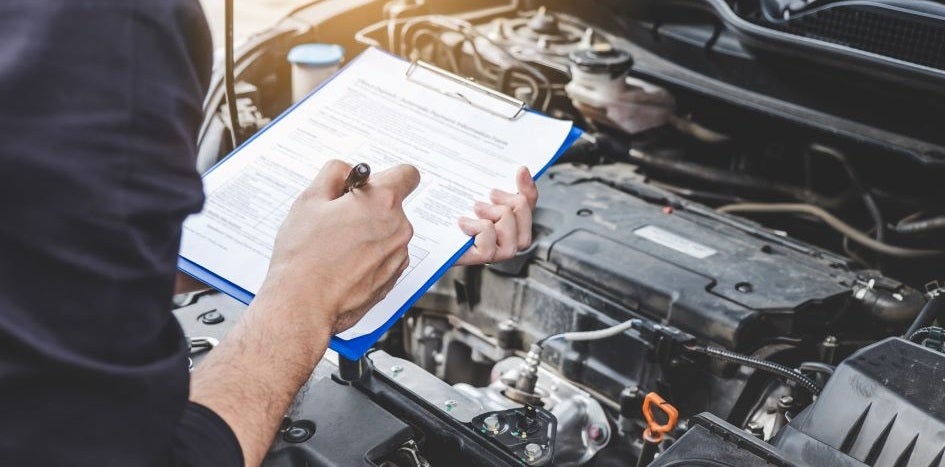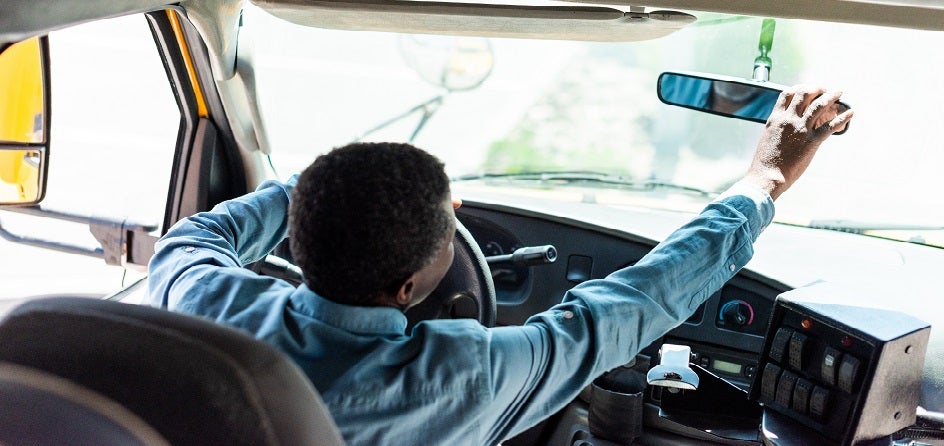Excellence Award Spotlight: Everman ISD
District Rolls Out Electric Buses
School buses are as baked into the educational experience as back-to-school shopping, choir concerts, and Friday night football. Buses are where last night’s homework is finished, weekend plans are made, and lifelong friendships are forged, all while surrounded by 25,000 pounds of protective metal.
Buses are one of the safest ways to get kids from Point A to B. That doesn’t mean they’re risk-free. The diesel engines that power traditional buses emit toxic fumes that can harm people and the environment. Our friends at Everman ISD did their part to promote clean air—and earned a 2021 Fund Excellence Award—by rolling out the state's first electric school buses.
Don’t Rely on Your Eyes
The country’s campaign to clean up air quality got serious in 1970. That’s when congress passed the Clean Air Act and assigned enforcement responsibility to the Environmental Protection Agency (EPA). It’s no surprise that school buses are squarely on the EPA’s radar.
Every time your drivers fire up diesel-powered buses, pollutants such as particulate matter, nitrogen oxide, and carbon dioxide hitch a ride on engine exhaust and infiltrate the air. These invisible yet powerful pollutants contribute to a spectrum of maladies.
Examples include skin irritation, asthma, emphysema, heart disease, cancer, and death. Students are at increased risk because:
- Their respiratory systems are still developing.
- Their breathing rate is faster than adults’.
- Exhaust inside buses can register 10 times higher than outside.
Texas’ 700 Million Metric Ton Problem
While new buses must meet EPA’s tougher emission standards, older school buses continue to emit harmful diesel exhaust. That’s a problem in Texas, where 40 percent of buses have logged more than a decade of service, according to the Texas Education Agency.
EPA data on just one diesel-related toxin—carbon dioxide (CO2)—suggest that like most things, air pollution is bigger in Texas.
The Lone Star State produces a nation-leading 700 million metric tons of CO2 annually, about double the amount of California. For context, 1 million metric tons is enough to fill a 27’x27’x27’ container.
Why Electric Buses?
Before we explore electric buses as a potential option for your district, we have to answer the first question that your school finance professionals will likely ask: How much money are we talking? The initial investment might raise eyebrows.
Electric school buses cost about three times more than their old-school counterparts. Administrators are expected to spend public funds responsibly, so they’ll probably ask you to quantify the return on investment.
We project to save about $7,000 annually on each of our three electric buses, for a total of $21,000 every year,” said Everman ISD Superintendent Dr. Felicia Donaldson. “About 70 percent of the savings is in fuel, and the rest is in reduced maintenance costs.
When you “go clean,” you eliminate the need to change oil, swap out spark plugs, replace timing belts, and test emissions. Like all vehicles, however, electric buses need basic preventative maintenance if you want to get the most life out of them. The manufacturer is training Everman ISD’s transportation team to keep buses road ready.
Dr. Donaldson adds that electric buses operate similarly to diesel buses, but there’s still a learning curve for drivers.
“The buses are a little bigger than what our drivers are used to,” explained Dr. Donaldson. “They also accelerate and decelerate faster. Drivers trained with me and the transportation director for about 20 hours between morning and afternoon routes. We wanted to make sure they were comfortable before putting them behind the wheel.”
Bridging Budget Gaps
As far as we know, Everman ISD isn’t the beneficiary of a wealthy, philanthropic alum with a soft spot for clean air. So, how did the district cover the price tag associated with three electric buses?
The answer lies in an emissions scandal that pitted a major auto manufacturer against the nation’s largest state and the federal government.
In 2016, the EPA and California sued Volkswagen. The suit alleged Volkswagen violated the federal Clean Air Act by installing emission defeat devices on nearly 600,000 diesel vehicles. The devices caused emissions control systems to perform differently during testing compared with normal driving. The vehicles passed emissions tests but still spewed 40 times the U.S. limit of harmful nitrous oxides.
Under the settlement, Volkswagen established a trust that funds projects designed to reduce air pollution. Eligible initiatives include electric buses.
“Anytime you can go to your board with an initiative and a funding solution, you stand a better chance of getting approval,” said Dr. Donaldson. “Our grant reimbursed 80 percent of the bus costs and 80 percent of the charging station costs. We also applied grant funds toward replacing two diesel engines with more-efficient models. ”
Electric School Bus Grants
Legislators recognize the benefits of cleaning up diesel emissions, and they’re committing funds to make it happen. Here are a few more federal and state grants your district should consider. You can also explore funding opportunities from utility providers, as well as manufacturer purchasing incentives:
Despite the many funding options, the country’s half-million strong fleet currently includes a mere 1,200 electric buses. The federal government’s infrastructure plan aims to increase that number 10-fold. The plan earmarks $5 billion for zero- and low-emission school buses.
In fact, multiple Fund members were recently awarded grants under the 2021 Diesel Emissions Reduction Act (DERA) School Bus Rebate Awards.
You Don’t Have to go All In
The education sector might be on an inevitable (albeit long) journey toward fully electric fleets, but for now, diesel is king. It powers 95 percent of America’s buses, according to World Resources Institute.
You can take steps now to clean up your fleet while you explore whether electric buses are a good fit for your district:
- Retrofit diesel engines with diesel particulate filters, oxidation catalysts, crankcase filters, and emission control technology.
- Cut unnecessary idling.
- Work with your legal counsel to ensure you comply with idling regulations
- Enforce an idling reduction policy.
- Explore idling reduction technology.
- Replace engines with modern versions that run on cleaner fuels such as biodiesel or compressed natural gas.
If and when you decide you’re ready to introduce electric into your fleet, lean on guidance from organizations such as the EPA, Texas Commission on Environmental Quality, School Transportation News, and fellow Fund members like Everman ISD.
“Electric buses haven’t even been on the market 10 years, so this is new to all of us,” said Dr. Donaldson. “I can’t overstate the importance of choosing a reputable vendor that will guide you through the process and train your team. I’m happy to chat with Fund members that want to hear more about our experience.”
5 Things to Know About Electric Buses
- It takes between three and eight hours to charge the battery.
- Buses can travel more than 150 miles on a single charge. Air conditioning use, hilly terrain, number of stops, and driver behavior such as abrupt acceleration impact how long charges last.
- Some programs allow you to sell unused energy back to the grid.
- Electric buses run quieter, making it easier for drivers to hear students, surrounding traffic, and emergency vehicles.
- It took about eight months from the time Everman ISD completed its grant application to the time the manufacturer delivered three electric buses.

David Wylie
David Wylie serves as content developer on the risk solutions team. He brings more than 20 years' experience writing educational content that helps employers protect against workplace accidents, property damage, cybercrime, and other losses.
You May Also Like…
View All Related Insights
The Basics of School Fleet Management
Your community relies on your district's vehicles, so take care of your buses, trucks, and cars with these fleet management basics.

Protect Your Fleet With a Preventative Maintenance Plan
If you want to protect your vehicles and their passengers, you need an effective preventative maintenance plan.

Breaking Down Entry Level Driver Training Requirements
Federal entry level driver training requirements apply to CDL holders, including bus drivers. Do these four things to help your schools comply.

Catalytic Converter Theft Prevention Made Simple
These catalytic converter theft prevention tips can save schools thousands of dollars in unbudgeted costs.
